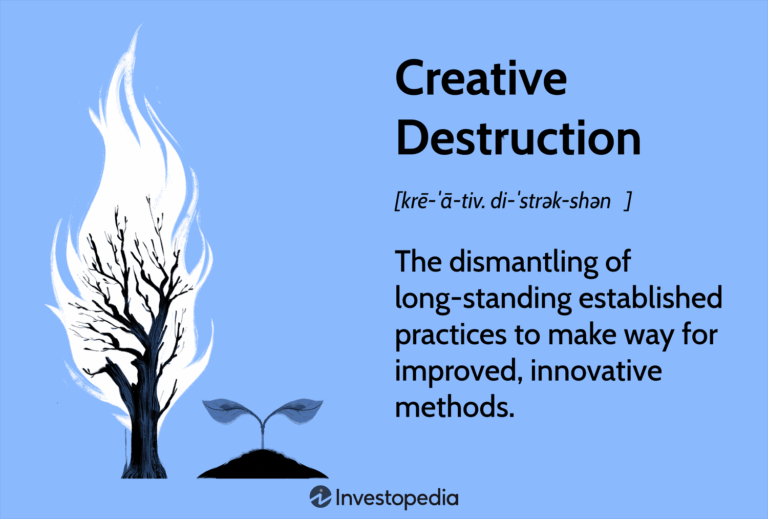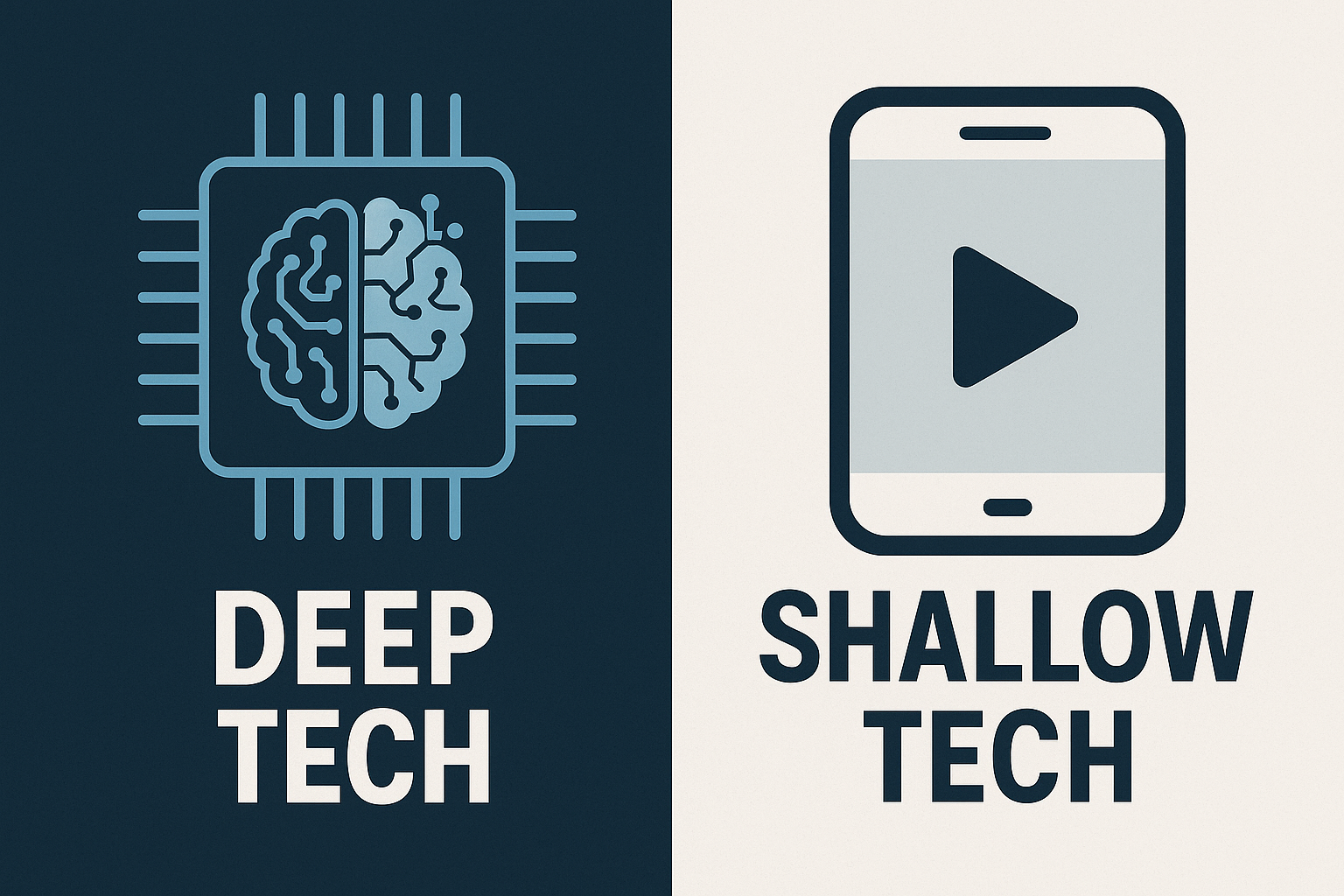Ecosystems are replacing linear supply chains — and the UAE’s ASPIRE and TII are showing how innovation value is now co-created, not just delivered.
From Assembly Lines to Ecosystems
For decades, strategy was built around the value chain, a concept popularized by Michael Porter in the 1980s. Each company had its lane: suppliers, manufacturers, distributors, customers. Competitive advantage came from optimizing internal processes and controlling resources.
But that model no longer fits the real world.
Today, innovation doesn’t flow in straight lines. It flows through networks — research partners, startups, regulators, and investors — connected by data and shared ambition. The most valuable companies are those that orchestrate collaboration rather than command control.
In a world defined by AI, energy transition, and geopolitics, agility matters more than efficiency. The next advantage comes from ecosystem leverage, not ownership.
The Value Network Advantage
In a value network, value is created through relationships, not transactions. Each node — whether a lab, startup, or corporate partner — contributes unique expertise, and the network collectively generates innovations no single player could achieve alone.
Think of it as the internet of innovation. Instead of passing materials down a chain, participants share knowledge, data, and risk in multiple directions. The system becomes adaptive, not just productive.
This shift changes the economics of innovation:
- From efficiency to adaptability — Success depends on how fast networks can learn and reconfigure.
- From competition to co-opetition — Partners may compete in some areas while co-creating in others.
- From IP hoarding to capability sharing — The speed of technological diffusion now beats exclusivity.
ASPIRE and TII: The UAE’s Living Value Network
The UAE has quietly built one of the most ambitious innovation ecosystems in the world. At the center of this transformation sit ASPIRE, the program development agency of Abu Dhabi’s Advanced Technology Research Council (ATRC), and its sister entity, the Technology Innovation Institute (TII).
ASPIRE doesn’t just fund research; it designs challenges that connect academia, startups, and global industry around specific, high-impact goals — from autonomous systems to renewable energy optimization. TII, meanwhile, acts as the technical engine, transforming insights into applied technologies across quantum, AI, and robotics.
Together, they form a network-based innovation model — one that rewards connectivity over hierarchy. Their collaborations with international partners — from U.S. national labs to European startups — embody a 21st-century research logic: the more open the network, the stronger the outcomes.
This is not philanthropy; it’s strategic value creation. By building a dense web of partnerships, the UAE captures learning spillovers, accelerates technology adoption, and positions itself as a global R&D hub rather than a peripheral market.
The Global Shift to Network Thinking
The same pattern is emerging everywhere.
- Apple’s ecosystem thrives not because it controls every step, but because it orchestrates developers, suppliers, and consumers into a seamless network of shared incentives.
- Tesla’s supercharger network and battery alliances show how vertical integration now depends on horizontal collaboration.
- Pharma companies increasingly rely on startups, universities, and AI labs for discovery — the new drug pipeline is a network, not a chain.
Even governments are learning this lesson. Policy is shifting from industrial strategy (pick a sector, fund a champion) to innovation orchestration (connect capabilities across disciplines and borders). The European Innovation Council and DARPA-like agencies worldwide are built around network logics — dynamic, challenge-based, and adaptive.
Strategy in a Networked Economy
If value creation now depends on connectivity, strategy must evolve. The new playbook includes:
- Map your ecosystem. Understand not just suppliers and customers but collaborators, data partners, and knowledge nodes.
- Invest in interfaces. APIs, shared data platforms, and open standards increase the fluidity of collaboration.
- Design for mutual gain. Network participants must see clear value in cooperation — whether financial, reputational, or technological.
- Embrace modular innovation. Small, interoperable advances scale faster than monolithic breakthroughs.
As AI and automation dissolve traditional boundaries between sectors, the companies that thrive will be those that think like ecosystems — distributed, adaptive, and generous with knowledge.
Looking Ahead
The value chain isn’t dying — it’s evolving into a value network, where strategy becomes less about control and more about connection.
ASPIRE and TII offer a glimpse of how nations can build innovation sovereignty through collaboration, not isolation.
Tomorrow’s winners won’t be those who own the most assets, but those who activate the richest networks — where every partnership compounds into shared progress.
Follow Tomorrowist for more insights on innovation, deep tech, and value creation.




